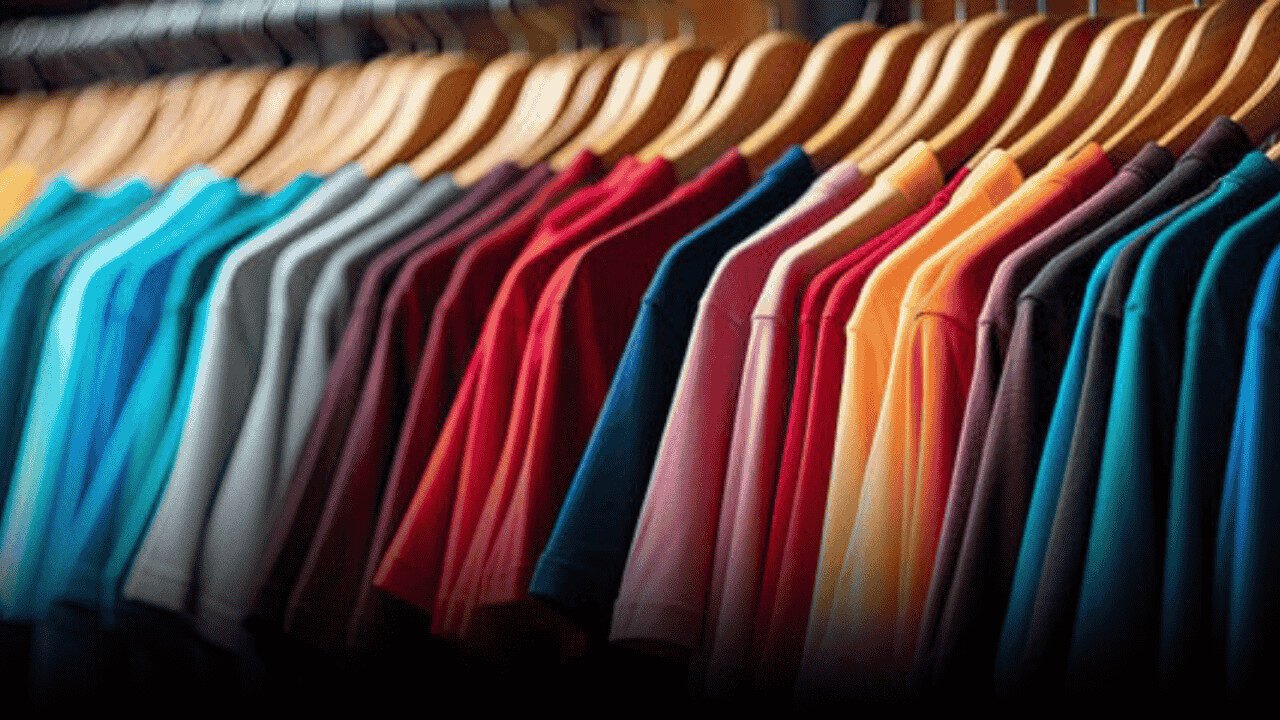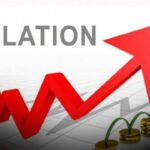By Abdul Ghani
Pakistan’s textile industry is undergoing a major change. For the first time in years, value-added textile and apparel exports have overtaken traditional cotton-based products as the main source of export growth.
According to the Pakistan Textile Council’s (PTC) Q1FY26 report, this transition has helped the country maintain steady foreign exchange earnings despite rising costs and structural challenges.
Value-Added Textiles Lead Export Growth
Between July and September FY26, exports of apparel and made-up textiles (under Chapters 61–63) climbed to $3.99 billion, up from $3.685 billion in the same quarter last year — an 8 percent increase.
Knitwear led the charge, rising 12.2 percent to $1.424 billion, followed by non-knit apparel at $1.057 billion (up 6.1 percent) and other made-up articles such as linens and home textiles at $1.517 billion (up 6.9 percent).
Together, these products made up more than 80 percent of Pakistan’s total textile export earnings for the quarter.
Traditional Textile Exports Decline
In contrast, older export categories like cotton, yarn, man-made filaments, and grey fabrics (Chapters 50–60) recorded a decline.
Exports in these areas dropped to $789 million, down 6.8 percent from $847 million a year earlier. The steepest falls were seen in cotton exports (down 7.8 percent), knitted fabrics (down 29.5 percent), and carpets (down 11.4 percent).
The report linked these losses to high energy prices, low cotton yields, and outdated technology in spinning and weaving units.
Five-Year Trend Shows Clear Industry Transformation
The PTC data show that over the last five years, Pakistan’s textile sector has steadily shifted from basic goods to high-value manufacturing.
Between 2021–22 and 2025–26, exports of value-added goods grew from $3.43 billion to $3.99 billion, a 16.3 percent increase with a compound annual growth rate (CAGR) of 3.9 percent.
During the same period, traditional textile exports fell from $1.04 billion to $789 million, confirming a major restructuring in Pakistan’s textile mix.
Strong Demand in Global Markets
The PTC said that steady demand from the European Union and the United States continues to drive value-added exports.
Knitwear, home textiles, and ready-made garments perform particularly well in Europe, while hosiery, T-shirts, and cotton trousers remain top-selling Pakistani items in U.S. markets. These categories have helped Pakistan stay competitive even as global trade conditions fluctuate.
Cost Challenges Threaten Competitiveness
Despite this progress, the report warned that Pakistan’s position in the value-added market could weaken if energy prices and labor costs remain higher than those of its regional rivals, including Bangladesh and Vietnam.
The PTC urged the government to rationalize power tariffs, streamline tax refunds, and expand export financing to make it easier for textile firms to invest in technology and increase production capacity.
Need for Balanced Industrial Growth
The report also pointed out a growing imbalance in Pakistan’s textile chain — while apparel exports are rising, the raw-material base of cotton, yarn, and fabric continues to decline.
The Council recommended a dual strategy: modernizing cotton and spinning industries while encouraging innovation in garment design and manufacturing.
Reforms Key to Long-Term Export Strength
To maintain this upward trend, the PTC said Pakistan must focus on machinery upgrades, training programs, and sustainability standards that meet global buyers’ requirements.
With these reforms, the report suggested, the value-added sector could grow much faster than the current 3.9 percent CAGR and strengthen Pakistan’s overall export resilience.
The Council added that Pakistan’s textile structure is finally moving toward modernization, but warned that sustaining this progress will require lower production costs, consistent policies, and stronger investment in innovation across the entire value chain.
Author Profile
-
Abdul Ghani is a sharp analyst focused on Pakistan's industrial transformation. His reporting reveals the textile sector's pivot from basic cotton to high-growth value-added apparel.
Ghani's work underscores the triumph of knitwear and garments in boosting exports, while warning policymakers to tackle energy costs to secure long-term global competitiveness.





